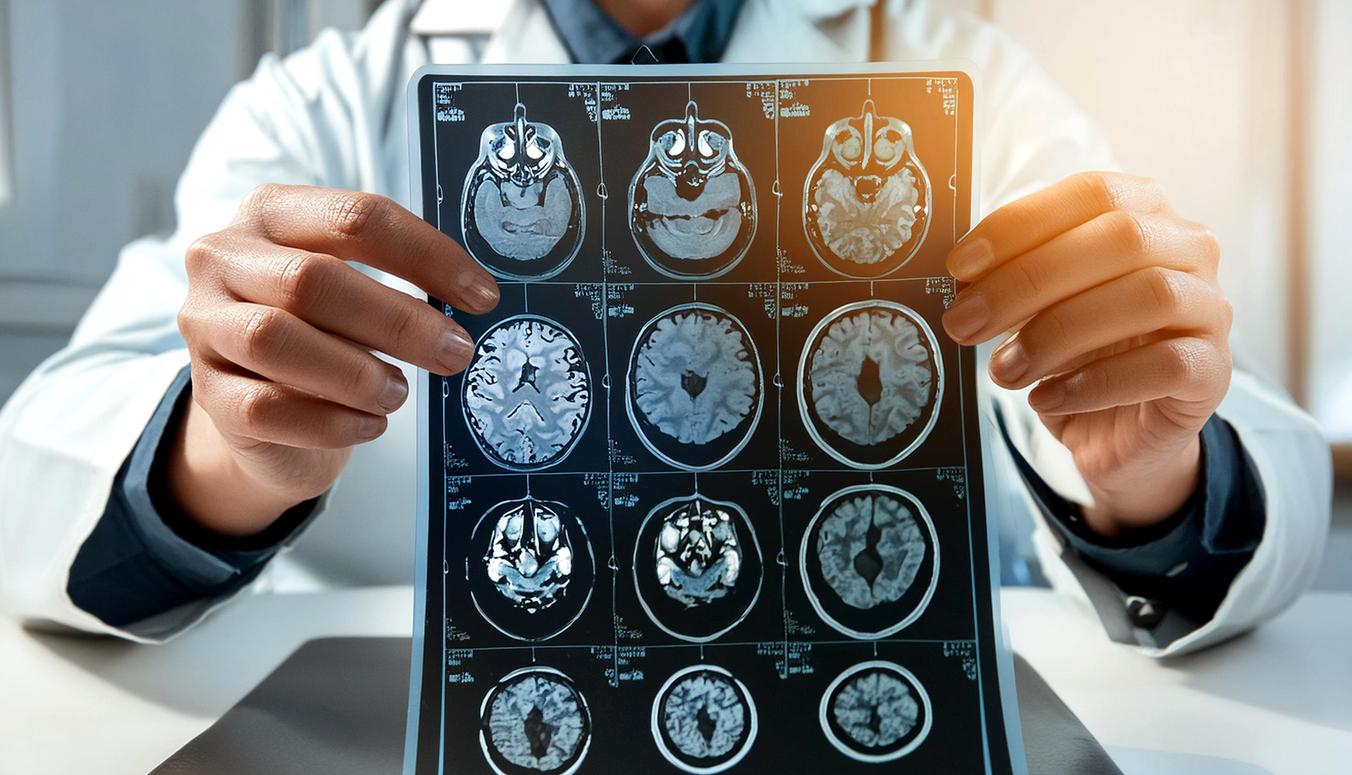American researchers have discovered an enzyme present in our body that could eventually lead to a new treatment for Parkinson’s disease.

Parkinson’s disease is a degenerative and progressive neurological disorder that affects 6.3 million people worldwide. At present, disease treatment aims to reduce and relieve symptoms, without stopping its progression and many drugs can cause very serious side effects (nausea, low blood pressure, drowsiness, hallucinations, etc.). In a new study published in the Journal of Biological ChemistryAmerican researchers have discovered that cytochrome CYP2D6an enzyme present in the body, could lead to a new effective treatment against Parkinson’s.
More than thirty years ago, scientists discovered that a chemical in a synthetic opioid called MPTP caused symptoms similar to Parkinson’s disease. “Over the past few decades, researchers have tried to inhibit the process in which they thought MPTP was metabolized with varying degrees of success,” explains Professor Narayan Avadhani from the University of Pennsylvania (USA) who conducted the study. Today, “we believe that the cytochrome CYP2D6 is the key to a drug to treat idiopathic Parkinson’s disease”.
To reach these conclusions, Narayan Avadhani and his team took a closer look at beta-carbolines and isoquinolines, MPTP-like toxins that the body produces from substances found in tobacco smoke, alcohol and certain foods, on mice. They discovered that, contrary to what many scientists thought, it was the mitochondrial CYP2D6 enzyme and not MAO-B that activated beta-carbolines and isoquinolines inside dopamine-producing neurons. This activation pathway leads to neuronal damage and oxidative stress, symptoms similar to Parkinson’s.
An inhibitor present in a plant used in India to treat schizophrenics
“CYP2D6 is known to influence the activity of a large number of drugs,” explains Avadhani. “Ajmalicine, a CYP2D6 inhibitor, belongs to the Reserpine family, an alkaloid found in the Rauvolfia serpentine plant that has long been used in India to treat mental illnesses such as paranoia and schizophrenia,” explains Avadhani who used this inhibitor to prevent the development of disease in mice. “Mitochondrial targeting of these compounds will likely be effective in treating patients with Parkinson’s disease, and that is what our future strategy has in store for us,” he concludes.
Let’s hope that the treatment that the researchers manage to develop will not be eaten up by the intestinal microbiota of the patients. Because according to another study published a few days ago, this microbial metabolism could be the cause of the lack of effectiveness of certain treatments against Parkinson’s. This is because intestinal microorganisms can eat the drugs, which can lead to dangerous side effects. “Maybe the drug won’t reach its target in the body, maybe it will become toxic, maybe it will be less useful,” the scientists explained at the time.
Diagnosed on average at age 58, Parkinson’s disease affects more than 200,000 people in France. While the most well-known symptom of this affliction is tremor, it also causes great muscle rigidity, bradykinesia (slow or no movement) and postural instability.

.

















